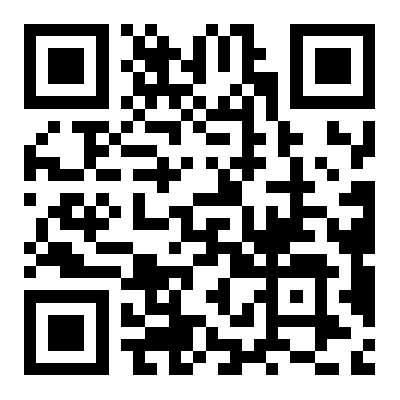19
2025
-
08
What are the types of mechanical components
Author:
Connectors: used to fix or combine other parts, such as bolts (with over 2000 commonly used specifications in ISO standards), rivets, welded joints, etc.
1. Connectors: used to fix or combine other parts, such as bolts (with over 2000 commonly used specifications in ISO standards), rivets, welded joints, etc.
2. Transmission components: transmit power or motion, including gears (involute gears account for over 80%), belts, and chains (roller chains can withstand a breaking load of up to 250kN).
3. Supporting components: such as bearings (rolling bearing life calculation based on ISO 281 standard), shafts, frames, etc.
4. Seals: To prevent leakage, O-rings (temperature range -60 ℃~200 ℃) and gaskets are typical representatives.
5. Elastic components: springs (compression spring stiffness calculation formula is k=Gd ⁴/8ND ³), shock absorbers, etc.
6. Fasteners: nuts, washers, etc., among which 8.8 grade high-strength bolts have a tensile strength of 800MPa.
7. Guiding components: guide rails, guide sleeves, etc. The repeated positioning accuracy of linear guide rails can reach ± 0.01mm.
8. Fluid components: hydraulic cylinders, pneumatic joints, etc., with a working pressure typically ranging from 0.5 to 35 MPa.
9. Safety components: fuses, safety valves (opening pressure error within ± 3%).
10. Special functional components: such as sensors, couplings (diaphragm couplings can transmit torque up to 50000Nm).
What are the types of mechanical components
Connectors: used to fix or combine other parts, such as bolts (with over 2000 commonly used specifications in ISO standards), rivets, welded joints, etc.
2025-08-19
Precautions for maintenance of mechanical parts
Specific measures for the maintenance of mechanical components should be developed based on the type of equipment and the function of the components.
2025-08-19




